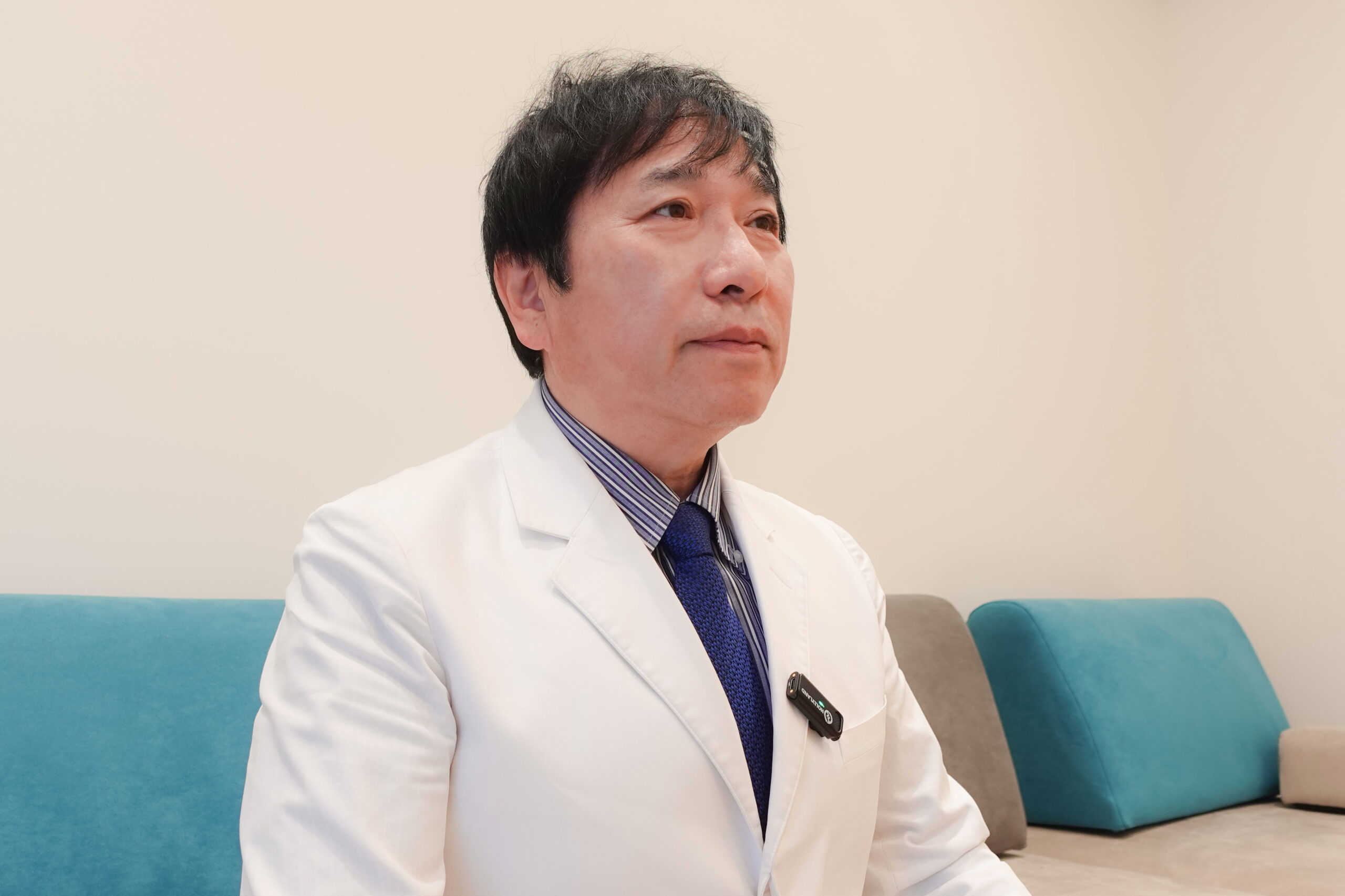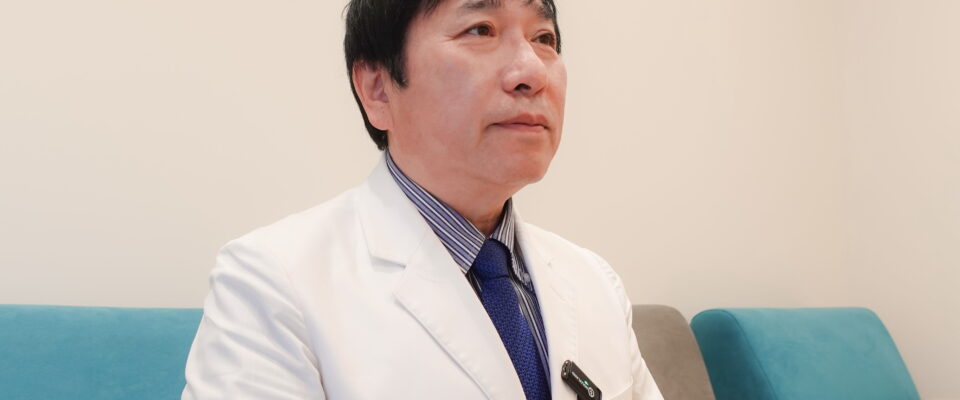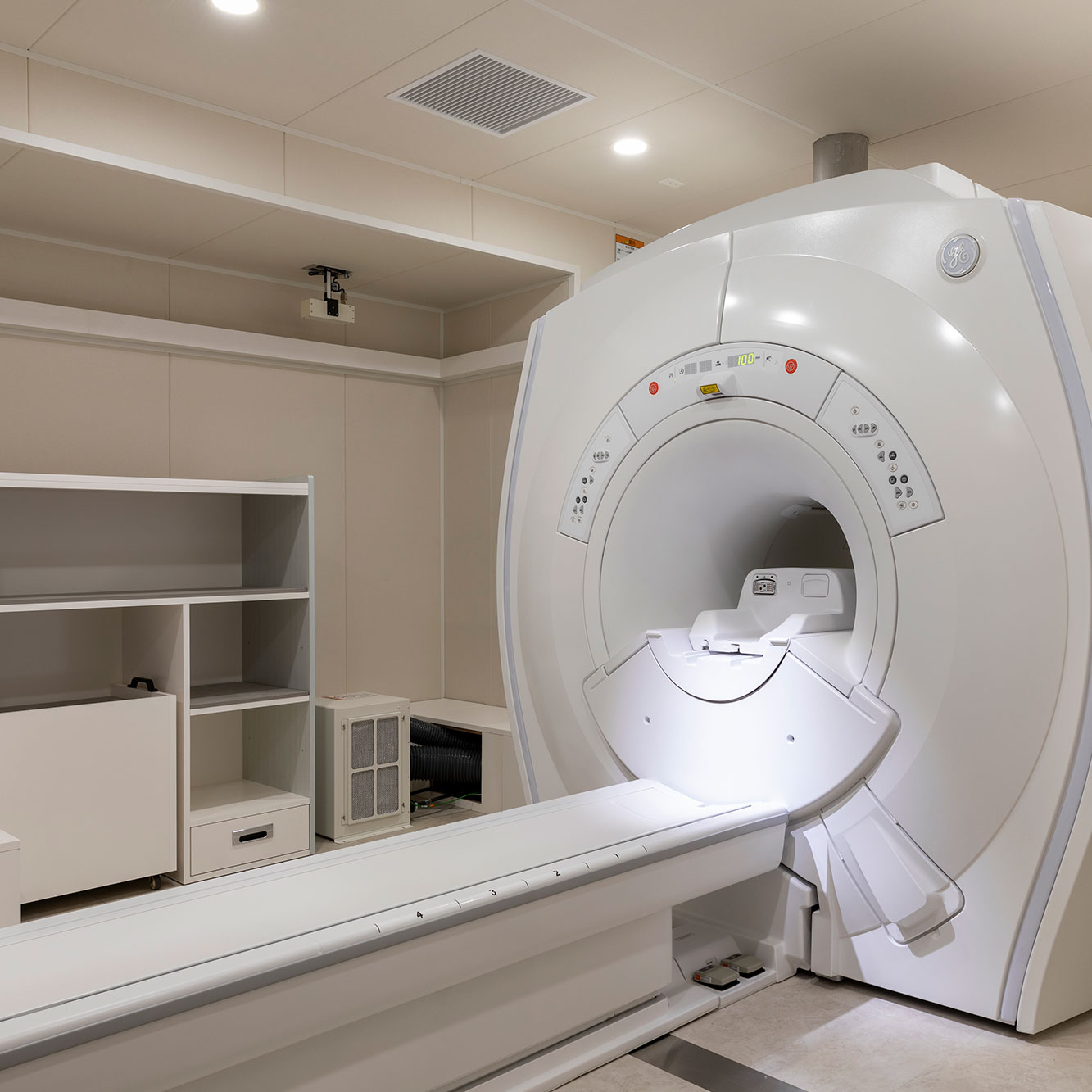How can cancer be detected at an early stage? This has long been a central theme in the medical world and a critical turning point that can determine a patient’s fate. The earlier it is found, the more treatment options become available, and the higher the chances of recovery. However, making early detection a reality requires a highly accurate testing method that minimizes the burden on patients.
One technology gaining attention in recent years that brings us closer to this ideal is DWIBS (Diffusion-Weighted Whole-Body Imaging with Background Suppression). Dr. Taro Takahara, the developer and a leading expert in radiology (Visiting Professor at Akita University), explains:
“Cancer must be detected *before* symptoms appear—otherwise it’s meaningless. DWIBS was developed for that purpose. It is painless, and there is no radiation exposure. It is a comprehensive cancer screening method designed for the future.”
Taro Takahara
Doctor of Medical Science, Radiologist
Visiting Professor, Akita University
Former Professor, Department of Biomedical Engineering, Tokai University
Inventor of the whole-body MRI method known as “DWIBS.” He was the first in the world to successfully image peripheral nerves, with results published in the prestigious journal *NEJM*. After training in pediatrics at Keio University and radiology at Dokkyo Medical University, he held academic positions including at St. Marianna University and Tokai University. He graduated from Akita University School of Medicine.
Specialties: Diagnostic Radiology, MRI, Diffusion-Weighted Imaging (DWIBS)
Publications:
2003 – “Understanding Medical 3D Imaging”
2000 – “MRI Warm-Up Exercises (Pocket Edition)”
1999 – “Mastering MRI”
…and many others
Career Highlights:
After graduating from Akita University School of Medicine, Dr. Takahara worked as a radiologist and authored several textbooks, including “Mastering MRI.” In 2004, he developed the DWIBS method and was invited by Utrecht University in the Netherlands, where he worked with high-field (7T) MRI technology. He became the first in the world to image the entire peripheral nervous system using MRI, with results published in the *New England Journal of Medicine*. Since returning to Japan in 2010, he has been actively promoting DWIBS-based “painless breast cancer screening” known as “DWIBS Search.”
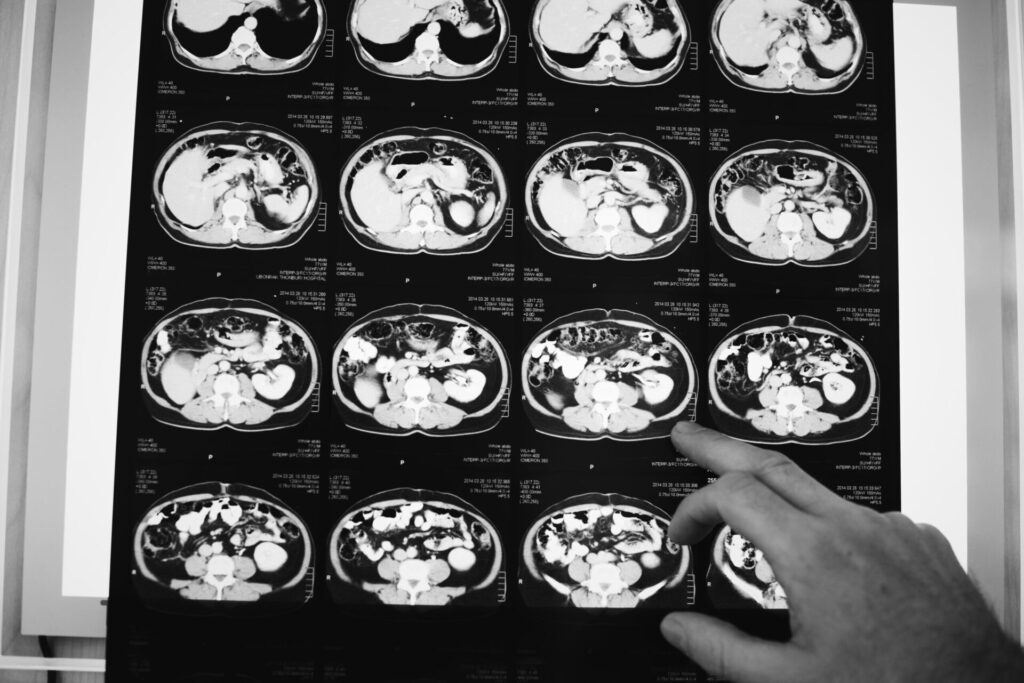
Innovative Technology That Detects “Invisible Cancers” — What is DWIBS?
DWIBS stands for “Diffusion-Weighted Whole-Body Imaging with Background Body Signal Suppression.” It’s a type of MRI that focuses on the abnormal motion of water molecules unique to cancer cells—offering a new approach that differs from traditional imaging techniques.
Cancer cells are known to restrict the movement of water molecules compared to their surroundings. By visualizing these diffusion abnormalities, DWIBS enables the detection of microscopic or early-stage metastatic cancers that conventional methods often miss.
“Traditional diagnostics relied on shape and contrast. DWIBS looks at movement. It’s a completely new perspective that gets to the essence of cancer.”
When this technology was introduced in 2004, its value was not widely recognized in Japan. However, Dr. Takahara was invited to Utrecht University in the Netherlands, where he advanced the technology and succeeded in being the first in the world to visualize the entire peripheral nervous system—achievements that were published in the *New England Journal of Medicine*.
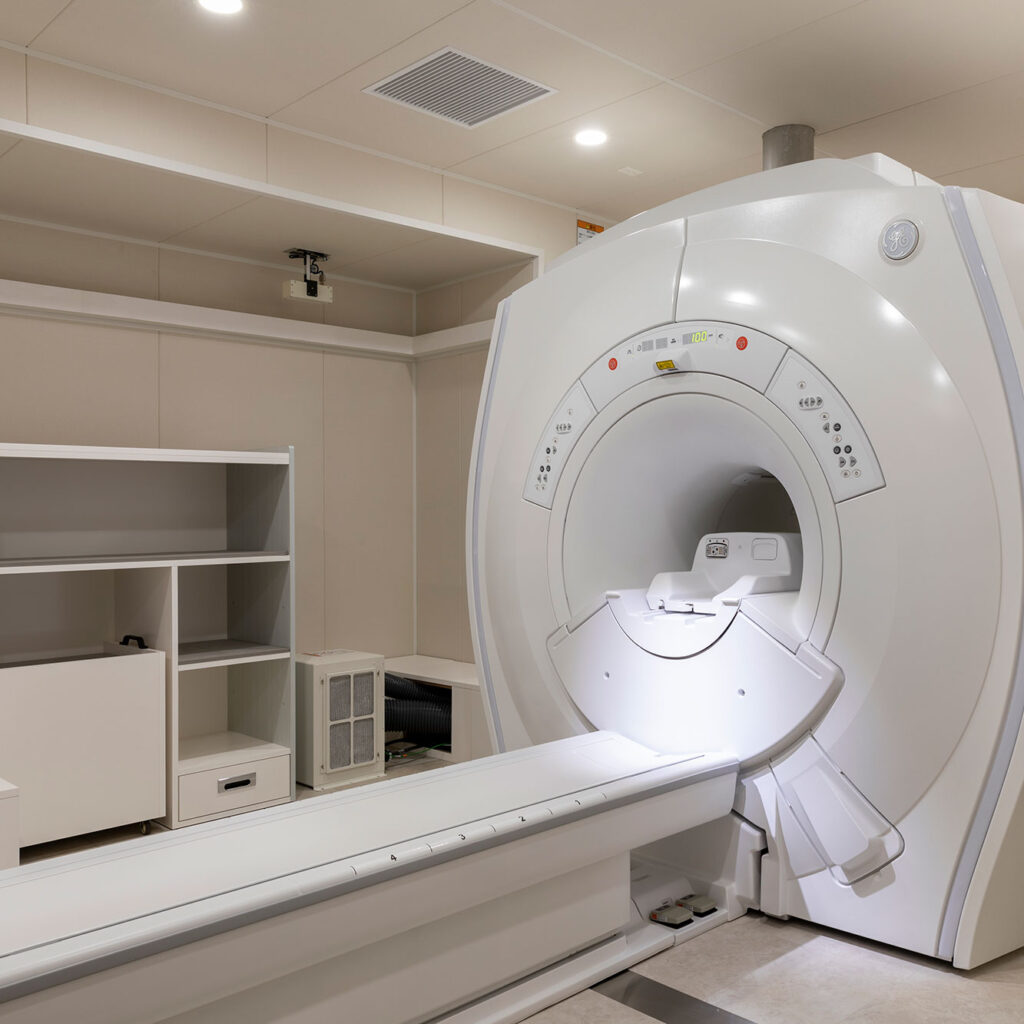
Why DWIBS is Called the “Ideal Cancer Screening”
DWIBS is highly accessible and offers unparalleled convenience and comprehensiveness by enabling full-body screening in a single session.
First, DWIBS does not use radiation. Unlike CT or PET-CT, which require X-rays or radioactive tracers, DWIBS relies only on magnetic and radio waves. There is no radiation exposure, making it safe for repeat exams—especially ideal for those in high-risk groups.
Another major benefit is its ability to scan the entire body in one go—from head to limbs—making it effective even when the cancer’s location is unknown.
“Precisely because we don’t know where the cancer may be, we need to examine the whole body. DWIBS can detect cancers hiding in unexpected places.”
The exam is painless and non-invasive—no injections, no endoscopies. The scan takes only 30 minutes to an hour, and patients can immediately return to normal activities afterward. No hospitalization is required.
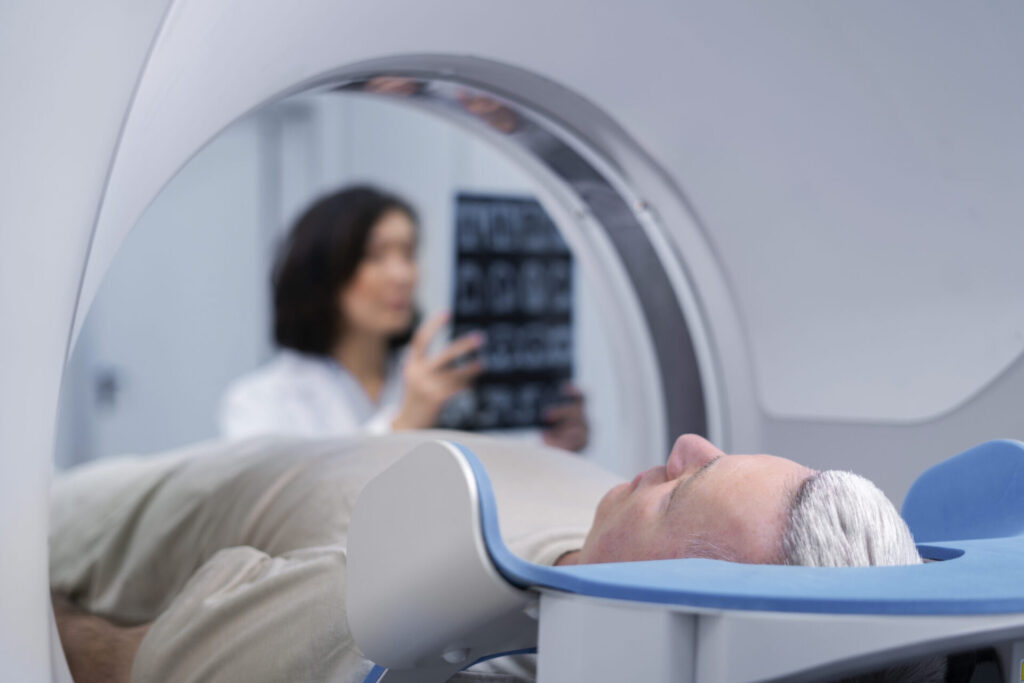
A New Light on “Silent Cancers”
Breast, lung, liver, prostate—DWIBS is suitable for various types of cancer and is especially effective at detecting cancers with few symptoms or those that are often missed, such as metastases.
For instance, in Japanese women with dense breast tissue, mammograms may not function optimally. Also, DWIBS can detect tiny cancers that PET-CT may miss.
“The reason I developed DWIBS was to shine a light on cancers that are easily overlooked. It’s a technology especially suited for people with no symptoms.”
Today, DWIBS has led to the development of “painless breast cancer screening (DWIBS Search),” a new method tailored to the female body that is attracting increasing attention.
How the Test Works and What to Know
DWIBS requires no special dietary restrictions and can be completed relatively quickly. It follows the same procedures as a typical MRI, though individuals with claustrophobia or metallic implants may not be eligible.
“To help patients unfamiliar with MRI feel comfortable, hospitals take great care to reduce the sense of confinement—by playing music and adjusting the environment.”
A Mission as a Doctor and Researcher
Though DWIBS was developed in Japan, it was first recognized overseas and is now spreading domestically through reimportation. Dr. Takahara’s mission is driven by a desire to “save the individual in front of me” and to “spread early cancer detection systems worldwide.”
“To reduce cancer-related deaths, I want to contribute not only as a doctor but also as an engineer, entrepreneur, and advocate. That’s the passion I’ve poured into DWIBS.”
DWIBS is currently available at select advanced medical institutions. As insurance coverage and institutional support grow, more people will have access to this groundbreaking screening method.
“A Test You Should Know While You’re Still Healthy”
Start preparing for the future while you’re still symptom-free. DWIBS embodies the essence of preventive medicine. As a way to protect your health, it’s a new option worth knowing.


